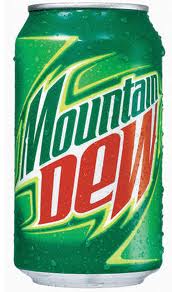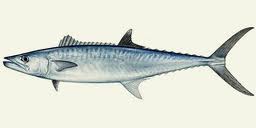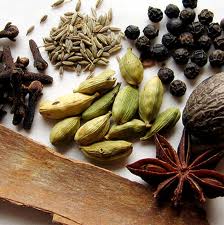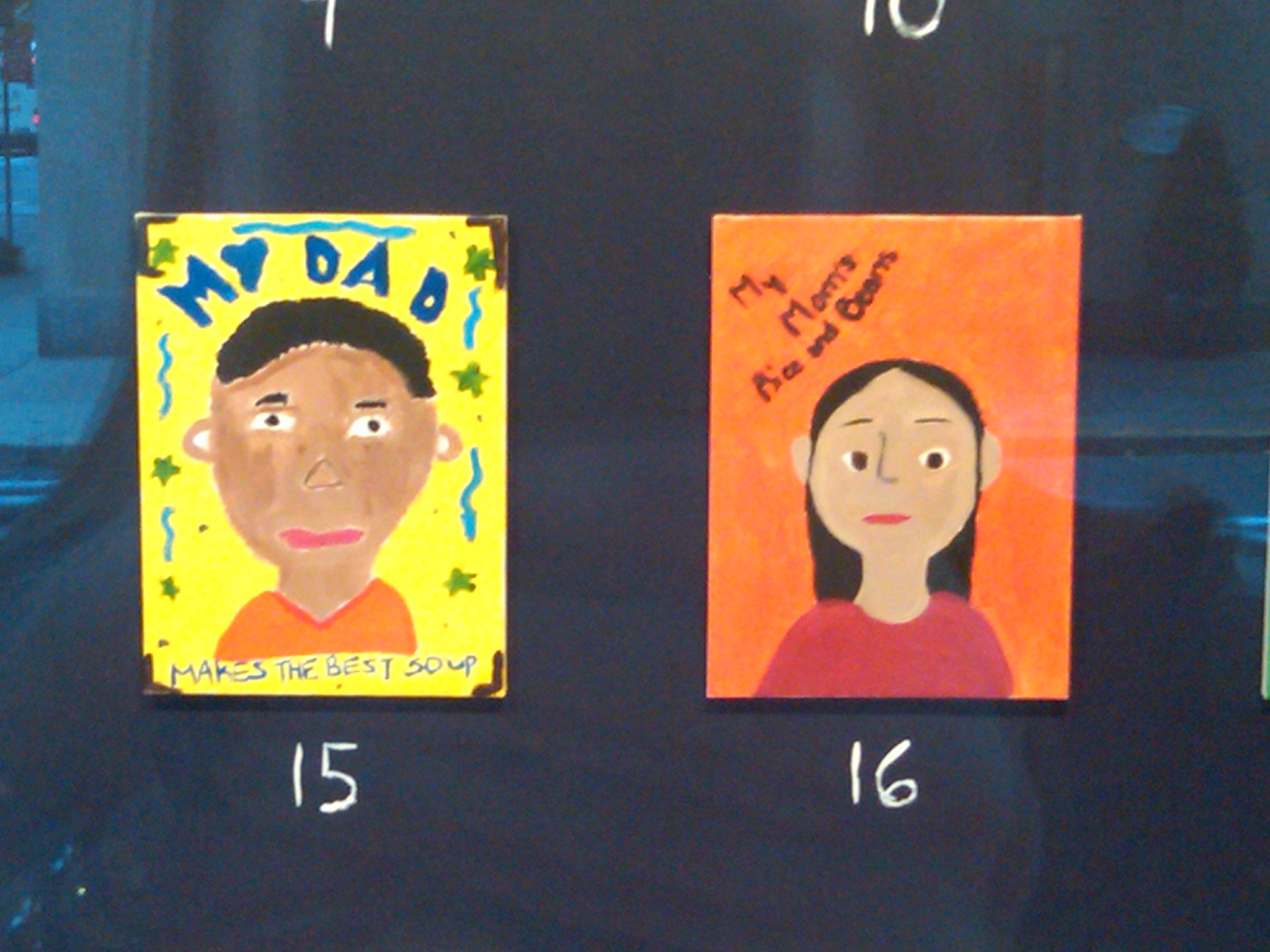Study: Red Meat Consumption Increases Risk Of Stroke In Women
 Monday, January 3, 2011 at 6:47PM
Monday, January 3, 2011 at 6:47PM From Reuters:
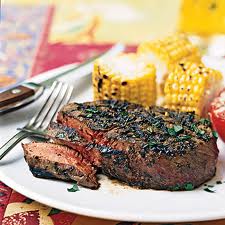 Women who eat a lot of red meat may be putting themselves at increased risk of stroke, a new study in more than 30,000 Swedish women hints.
Women who eat a lot of red meat may be putting themselves at increased risk of stroke, a new study in more than 30,000 Swedish women hints.
The study team found that those in the top tenth for red meat consumption, who ate at least 102 grams or 3.6 ounces daily, were 42 percent more likely to suffer a stroke due to blocked blood flow in the brain compared to women who ate less than 25 grams (just under an ounce) of red meat daily.
Diets heavy in red meat have been linked to a number of ill effects, including an increased risk of certain cancers, heart disease, and high blood pressure. Yet, just three studies have looked at red meat and stroke risk. One study found a link, but the others did not.
To investigate further, Dr. Susanna Larsson of the Karolinska Institutet in Stockholm and her colleagues looked at 34,670 women 39 to 73 years old. All were free of cardiovascular disease and cancer at the beginning of the study, in 1997.
During 10 years of follow-up, 1,680 of the women (4 percent) had a stroke.
Stroke caused by blockage of an artery that supplies blood to the brain -- also known as "cerebral infarction" -- was the most common type of stroke, representing 78 percent of all strokes in the study. Other types of strokes were due to bleeding in the brain, or unspecified causes.
When the researchers divided women into five groups based on how much red meat they reported eating, they found that those in the top fifth, who ate at least 86 grams daily (3 ounces) were at 22 percent greater risk of cerebral infarction than women in the bottom fifth (less than 36.5 grams, or 1.3 ounces, daily).
Women who ate the most processed meat (at least 41.3 grams, or 1.5 ounces, a day) were at 24 percent greater risk of this type of stroke than women who consumed the least (less than 12.1 grams, or less than half an ounce a day).
However, there was no link between consumption of red or processed meat and risk of other types of stroke, nor was there any relationship between fresh meat consumption or poultry consumption and any type of stroke.
Red meat increased stroke risk in non-smokers, but not smokers, and in women who didn't have diabetes, but not in women with diabetes. For non-smokers and non-diabetics in the top tenth of red meat consumption, the risk of cerebral infarction was 68 percent greater.
Several mechanisms could explain the link between red meat and processed meat and stroke risk, the researchers say.
For example, both types of meat have been tied to high blood pressure, the main cause of stroke. The iron contained in red meats might also accelerate the production of tissue-damaging free radicals. Further, Larsson and her team point out, processed meats are high in sodium, which can increase blood pressure.
 diet,
diet,  high blood pressure,
high blood pressure,  red meat,
red meat,  stroke
stroke 